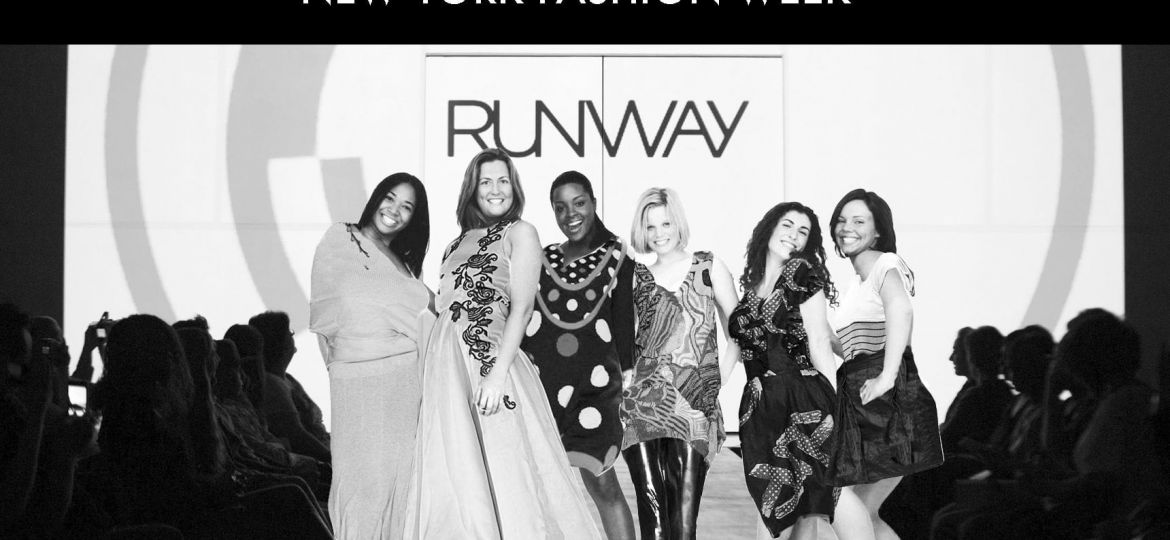
New York Fashion Week, which took place Feb. 6-14, annually showcases new collections by the world’s top fashion designers. These looks introduce upcoming fashion trends for the fall. While many people attend Fashion Week purely to see the clothes and discover these trends, one running complaint about the event has been a lack of diversity among Fashion Week models.
Jezebel.com, a feminist website that focuses on a variety of women’s issues, reports that out of a total 4,621 looks seen at Fashion Week, only 985 were worn by models of color black, Asian, Latina or otherwise. This means that 78.69% of the models at New York Fashion Week were white.
These numbers are not that different from those of previous years. In 2013, the percentage of white models was 82.7. This indicates persistent uniformity among fashion models.
While some defend this trend simply as a reflection of the racial makeup of the U.S. itself which is proportionally close to that of the NYFW models, I see this more as a systemic problem that is only one of many associated with diversity in the world of fashion.
Homogeneity shows itself in numerous ways at events like New York Fashion Week. In addition to the models’ lack of racial diversity, there is also a predictable lack of plus-sized – or even normal-sized – models at the event. The fashion world’s persistent belief that only unhealthily thin women can model clothing is both inexplicable and bizarre.
This belief unquestionably stems from the pervasive image in the media of idealized female beauty, one that is in truth neither accurate nor representative of the U.S. or world population as a whole. Is there a connection between this image of idealized beauty and whiteness? Why are white models, for the most part, chosen to represent the pinnacle of female beauty?
Perhaps this lack of diversity stems from the simple reason that the majority of women who want to be models are white. Or perhaps it is mainly white women who succeed in the fashion world. While there are some successful black models – Naomi Campbell and Joan Smalls are two examples – and black actress Lupita Nyong’o has lately been finding a lot of success as the muse of countless fashion designers, it is undeniable that the majority of successful and recognizable models today are white.
These issues send very clear messages that shape the values of today’s young women. When they watch these models walk down the runway, they are implicitly told what society expects them to look like. And if they deviate from that standard, they will not be accepted or thought of as beautiful.
As girls are met with these unattainable images every day, it becomes more and more important that influential institutions like the fashion industry grow aware of the messages they are sending and the potentially negative effects these messages can have on consumers.
Next year at Fashion Week, designers should make a conscious effort to increase diversity among the models they hire. Perhaps their models can all be of different ethnicities and racial backgrounds. After all, giant events like NYFW are catering to an international audience, and their runways should honor that. Further, what would be the harm in introducing a variety of sizes among the models – some 6s, 8s, 10s, 12s and 14s could walk down the runway with the 0s and 00s.
If even one designer introduces these changes, there’s a chance that the rest will follow. Fashion is about taking risks and being creative, so why not apply that mindset to all aspects of the event? Maybe if these changes are made and more perspectives are represented and validated by the models, events like New York Fashion Week will become accessible and inviting to a more diverse crowd.
Nina Hagen ’15 hagen@stolaf.edu is from St. Paul, Minn. She majors in English.

